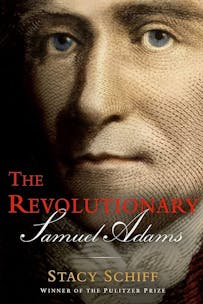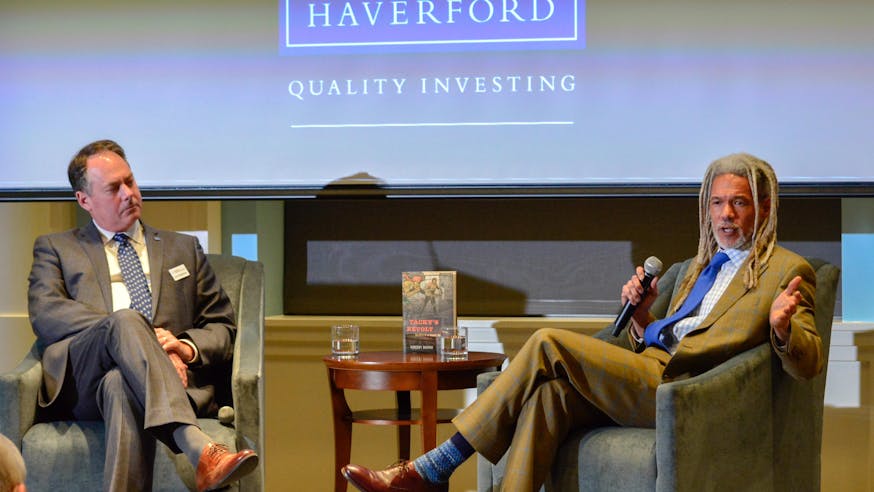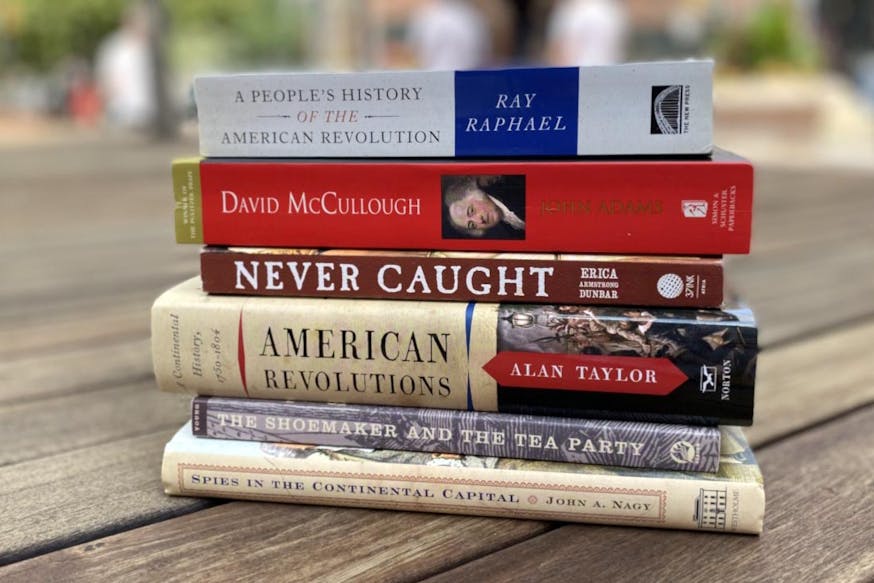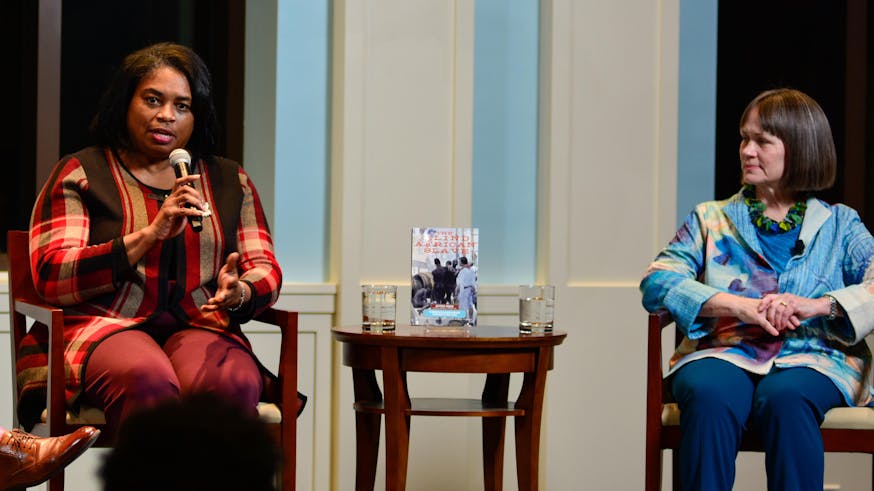Read the Revolution
The Revolutionary: Samuel Adams
January 24, 2024
Thomas Jefferson described Samuel Adams as “the patriarch of liberty.” Boston newspapers eulogized him as “the Father of the American Revolution.” So, it may come as a surprise that Adams has largely faded into the background of history. According to Pulitzer Prize-winning biographer Stacy Schiff, it would not have surprised Adams.
In her most recent biography, The Revolutionary: Samuel Adams, Schiff contends that Adams was not a revolutionary who yearned for the spotlight. He never wrote a memoir, never collected his political writings (many of them were scattered around Boston under pseudonyms), and never held onto his letters (he chose to destroy them instead). Yet, his fingerprints are seen all over the story of how the American colonies went from loyal, enthusiastic subjects to upending an empire in less than two decades.
In the following excerpt, read about the representatives gathered at the First Continental Congress held in 1774 at Philadelphia’s Carpenters’ Hall, and learn how Adams shaped the decisions made by that Congress quietly from his seat.
Excerpt
Two days later the New Englanders crossed the Delaware and rode down a wide, flat, well-tended road, past sweeping orchards and pastures, toward Philadelphia. Five miles from town they met a column of carriages. One carried several Pennsylvania delegates, including Thomas Mifflin, who had urged them to arrive in advance, and who hoped Adams would lodge with him. Dr. Benjamin Rush and his massive dome of a forehead settled himself among his new colleagues, briefing them as they rode. The heat was oppressive. Before they had yet found their way to their lodgings, the new arrivals were whisked off, dusty and depleted, to the massive, redbrick City Tavern, recently and lavishly built, more a London address than a North American one. Up the steps they went to the vast, high-ceilinged second floor where, after some conversation, a curtain was pulled back to reveal an elegant dinner. Only later would Adams explore heterogeneous Philadelphia, the wealthiest city in America and now its publishing capital. Broad and regular, Philadelphia streets were well paved and well lighted. Its bustling harbor must have made a Massachusetts heart ache. Even the beer was better. They were among the first to arrive.
On the morning of September 5, the delegates gathered at City Tavern and together walked the two blocks to Carpenter's Hall. Nearly everyone agreed that the tidy new building would suit their purposes. […] At fifty-one, Adams was among the oldest delegates. Even the new finery could not disguise the fact that he counted among the least prosperous. An "Esquire" had only recently and erratically begun to attach itself to his name. Some were starstruck in his presence; the most conspicuous man in the room, he may also have been the least trusted.
Sign Up
Get biweekly Read the Revolution featured excerpts right to your inbox.
In Philadelphia he found himself amid a group of men foreign to and often puzzled by one another, who spoke in dissimilar cadences and nearly hailed from different countries. They did not even divide a dollar into the same number of shillings. His task was to make himself invisible, to sit back while Patrick Henry made an impassioned plea for a new form of government and the Continental Congress determined how to allot votes. Should Rhode Island carry disproportionate weight? Adams left the floor to Virginia, proud men from the most populous colony, one that shared New England's views but not its reputation for fire-breathing fanaticism. […] The idea was to fade into the back-ground, to feel the pulses, sound the depths, and act through others. It became Adams's task to shake off the wild-eyed imputations that Galloway and others tried to fix to him. We know something of how he fared: he established himself as "the most cautious, artful, and reserved" of the New Englanders.
The Philadelphia prize, Adams well knew, was not independence but unity. It was crucial to arrive at mutual assistance, even if veined with mutual suspicion. So much of what he had accomplished over the previous years was predicated on the belief that ideas were contagious and that when men met, they changed their minds. Over punishing six-hour days — the delegates could manage little afterward but to eat and drink, then tumble home exhausted — he deferred to the sentiments of the whole, or claimed that he did, while maneuvering tirelessly behind the scenes.
Congress adjourned on October 26, 1774, having agreed to reconvene in May if Great Britain failed to address their grievances. The Massachusetts delegates were back in Boston on November 9. John Adams did not think he would see Philadelphia again. From London, Josiah Quincy sent word that on receipt of the Suffolk Resolves, many considered Samuel Adams the foremost politician in the world. […] On reading the document, Admiral Montagu erupted, “I doubt not but that I shall hear Mr. Samuel Adams is hanged or shot before many months are at an end. I hope so at least.”
Stacy Schiff, The Revolutionary: Samuel Adams (Back Bay Books, 2022), 277-280, 283.
Tags
Learn More

Read the Revolution Speaker Series

Read the Revolution
